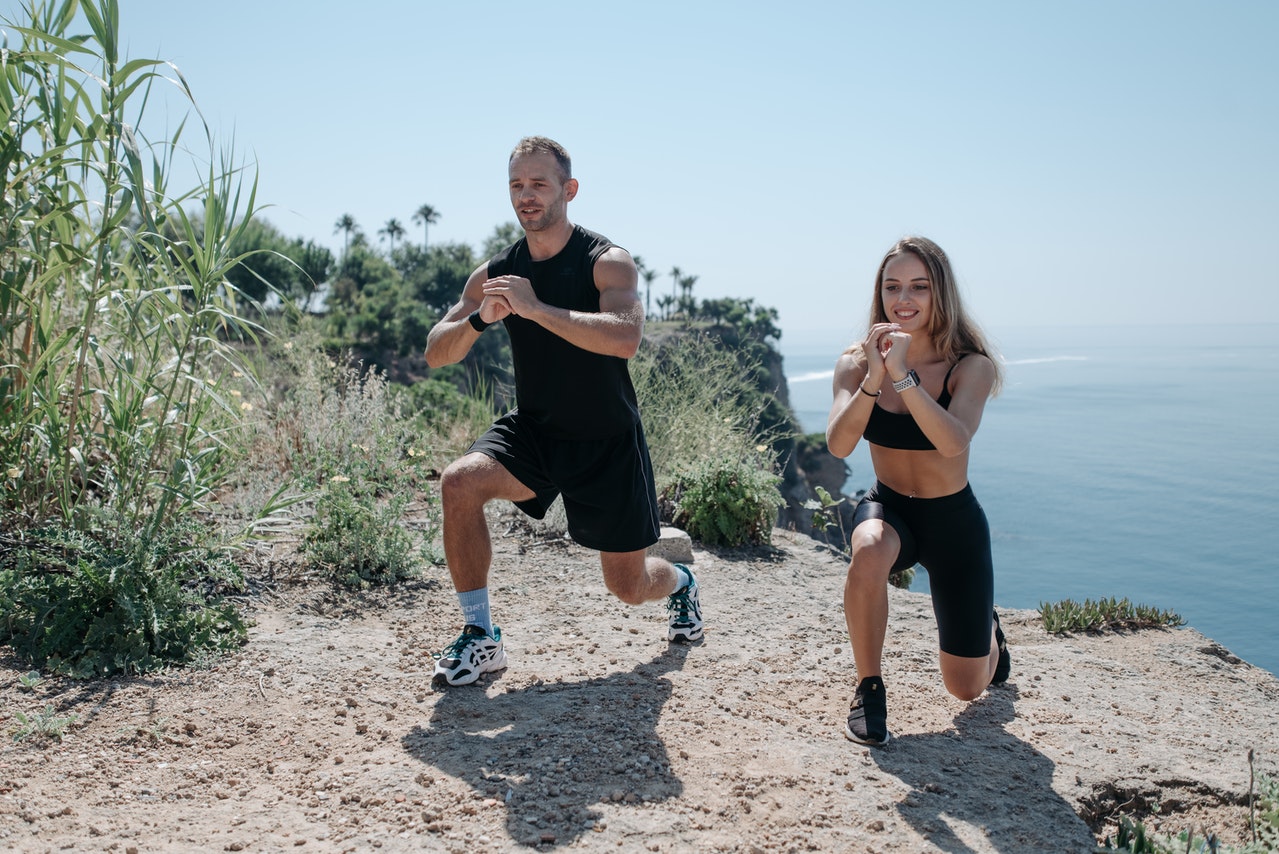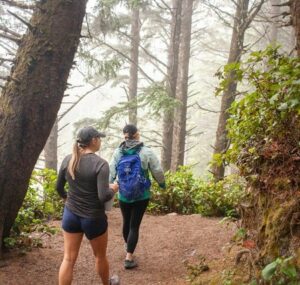
We all like to prepare for a workout and for a good session outdoors. What if you really needed the fitness to get ready to go in the wilderness and prepare yourself for a hike? You know that you’re going to be tackling a solid challenge so you start searching the internet to find the best guide on how to prepare for hiking.
Problems start to arise, there are way too many things online and you don’t really know where to begin. You’re in luck, because today’s topic will be dealing with the ultimate hiking workout, everything you need to do to be in shape for hiking.
Core Workout

Everyone thinks it’s the legs, until their core muscles start giving up and they start hunching and suffering because of a heavy backpack. Your core does a lot of work when you’re hiking, particularly when balancing on a ridge or heading up a slope. You need to have a strong core if you want to hike.
Start running, it’s a good core exercise which will also put your legs to the test, another thing you’ll need for hiking. Core specific exercises like leg raises, whether lying, or while hanging, should also work. Pay attention to your lower back and do reverse body raises, ideally by allowing your body to fall below 0 degrees, which can be done on a parallel bar or in the gym, where you are less likely to feel any discomfort.
Work the Back Muscles
What do your back muscles have to do with hiking? The back is responsible for keeping you straight and you need to work on the rhomboids to keep your shoulders from slouching.
When you’re carrying backpacks for a long time, you need a strong back otherwise you will start feeling the pain early on, which can be annoying, when you have about 70% of your journey remaining. You must work on the entirety of your body.
Walking, Running and Mini Hikes

You’re not going on a huge hike immediately, but rather a small one. You can hike it or run it, to feel what it’s like when your lungs are burning. This is a great way to feel the real deal. Find a route with lots of elevation gain and descents, if you want to experience hiking but without actually committing to a forest or trail run.
Walk more in general and try to walk faster, that should be enough as an everyday activity. When it comes to running, do the usual thing people do when preparing for a race, interval training, tempo training and long slow distance training.
Hike With Friends, But Take it Slow
Your first hike doesn’t need to be climbing an Alpine peak in winter. It can be a short route around a local hill. That shouldn’t take much endurance nor time, which is a great way to get to know your limits.
You can always increase the pace if you feel like you’re going too slow.
There is no ultimate workout, really, just a steady flow of exercises, working on your lung capacity, your legs and the rest of your body, to be fully prepared to go on a hike, with some additional weight, meaning a loaded backpack.